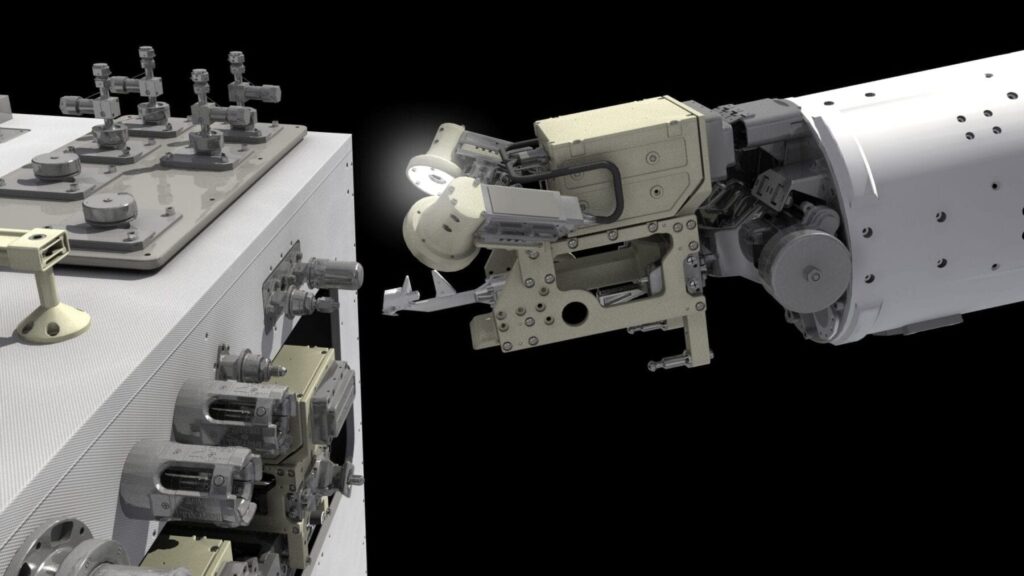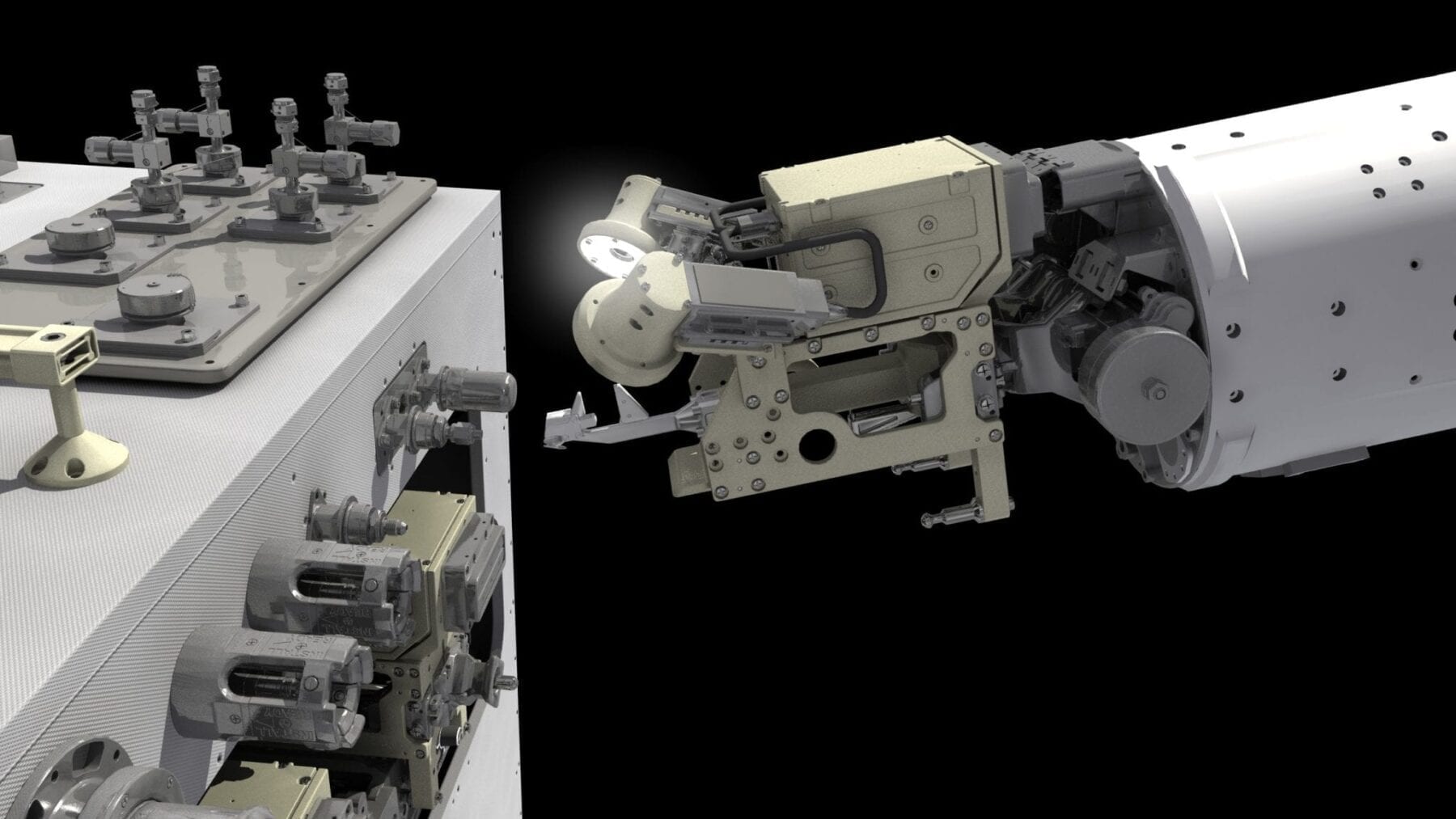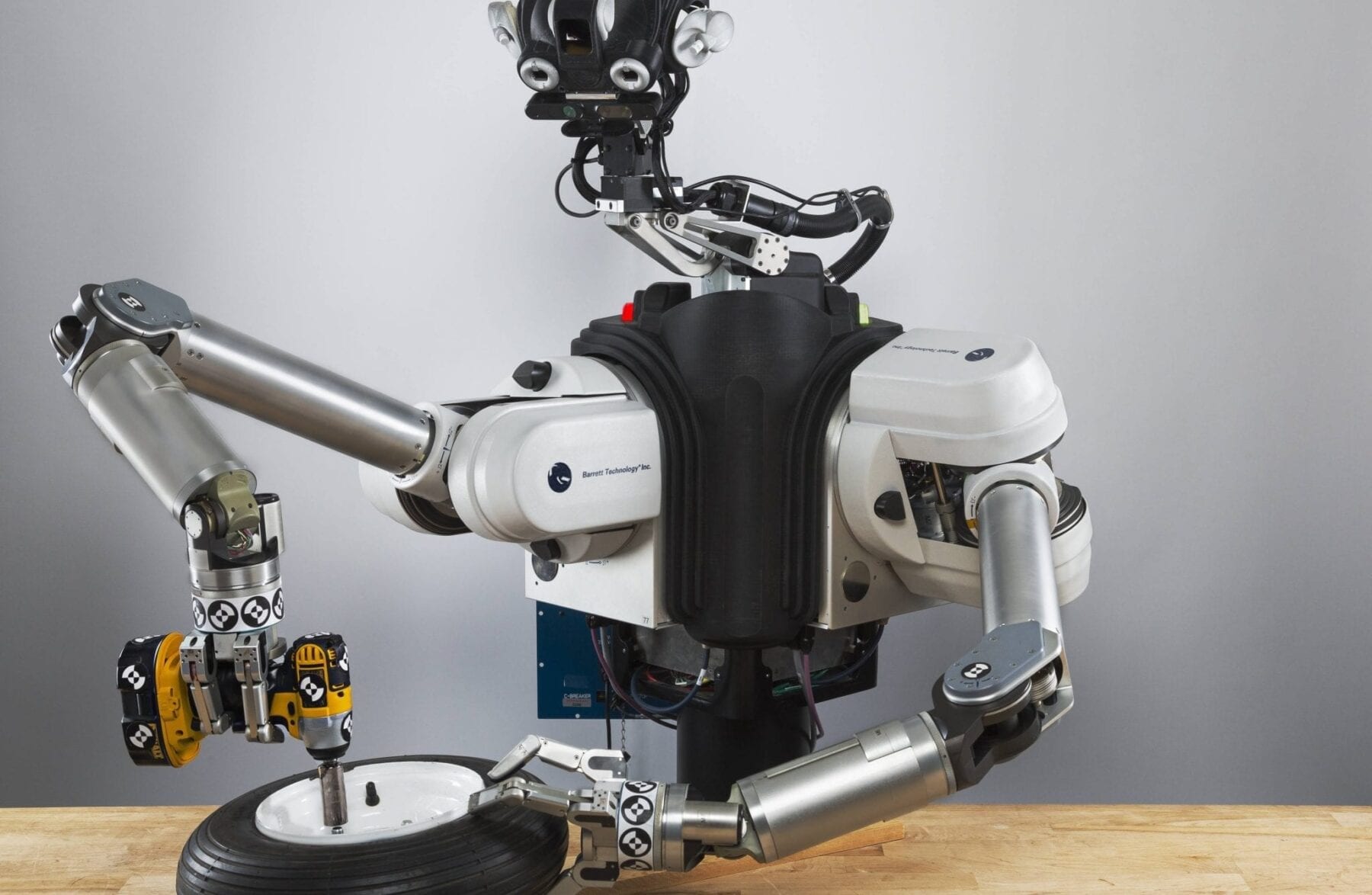
Recent headlines declaring “Robot Kills Man in Germany” are examples of growing news coverage about the impact of robots on society. This is the subject of a new law review article by a University of Washington faculty member.
Twenty years in, the law is finally starting to get used to the Internet. Now it is imperative, says Ryan Calo, assistant professor in the UW School of Law, that the law figure out how to deal effectively with the rise of robotics and artificial intelligence.
“Technology has not stood still. The same private institutions that developed the Internet, from the armed forces to search engines, have initiated a significant shift toward robotics and artificial intelligence,” writes Calo in “Robotics and the Lessons of Cyberlaw.” His article, published in June in the California Law Review, is among the first to examine what the introduction of robotics and artificial intelligence means for law and policy.
Robotics, Calo adds, is shaping up to be the next transformative technology of our time: “Courts that struggled for the proper metaphor to apply to the Internet will struggle anew with robotics.”
Though mention of robotics and artificial intelligence can prompt images of unstoppable Terminators and mutinous HAL 9000 computers, Calo dismisses such drama early on. “And yet,” he adds, “the widespread distribution of robotics in society will, like the Internet, create deep social, cultural, economic and of course legal tensions” long before any such sci-fi-style future.
To Calo, robotics is essentially different than the Internet and so will raise different legal issues.
“Robotics combines, for the first time, the promiscuity of data with the capacity to do physical harm,” Calo writes. “Robotic systems accomplish tasks in ways that cannot be anticipated in advance, and robots increasingly blur the line between person and instrument.”
But does that mean robotics and artificial intelligence need different treatment under the law, or different laws entirely, than the technologies of which they are made, such as computers?
In the paper and a 2014 article in Slate on the same subject, Calo relates an anecdote about Chicago judge and law professor Frank Easterbrook, who in 1996 famously likened research in Internet law to studying “the law of the horse.” Easterbrook felt any single approach is doomed to “be shallow and to miss unifying principles.” Calo quotes science fiction writer Cory Doctorow, who in a response to Calo wrote in The Guardian that he could not think of a legal principle applicable to robots that would not also be usefully applied to the computer, and vice versa.
“I disagreed with Easterbrook then and I disagree with Doctorow now,” Calo writes. “Robotics has a different set of essential qualities than the Internet, which animate a new set of legal puzzles.”
Read more: Robotics and the law: When software can harm you
The Latest on: Robotics and the law
[google_news title=”” keyword=”Robotics and the law” num_posts=”10″ blurb_length=”0″ show_thumb=”left”]
via Google News
The Latest on: Robotics and the law
- Robots with weapons? Bill would make that illegal in Massachusettson April 25, 2024 at 2:33 pm
"We are creating robots to be friendly and useful, not harm or hurt people or animals," says an executive at Boston Dynamics, which supports the bill.
- Chipotle is simultaneously cutting costs and avocados as it greenlights robots to make your guacamoleon April 25, 2024 at 12:35 pm
We continue to explore technology tools that could drive higher productivity and improve the overall experience for our teams,” Chipotle's CEO said.
- He grew up legally in Minnesota, but immigration law gap may force Chanhassen student to one day leave the only place he knows as homeon April 25, 2024 at 8:30 am
The conundrum illustrates the obstacles many legal immigrants face seeking a path to long-term stability in the United States ...
- Chipotle says its Autocado robots are coming soonon April 25, 2024 at 4:47 am
Chipotle is based in Newport Beach, California.Chipotle’s solution for cutting avocados may be coming to a store near you as early as this year.Back in July 2023, Chipotle began testing the Autocado ...
- K-W robotics team shows off 2024 roboton April 25, 2024 at 2:00 am
Wanamingo’s robotics team showed off its latest contraption and shared a bit about its latest work with members of the Kenyon-Wanamingo School ...
- Will Fearless and Tireless Robots Lead to More Terrifying Wars?on April 24, 2024 at 12:46 am
While developing the nuclear bomb, Robert Oppenheimer and his colleagues expressed concerns about the possibility of igniting the Earth’s atmosphere.
- The Killer Robots Are Not Robots, But Humanson April 23, 2024 at 12:29 pm
The killer robots are already on the battlefield and are proving themselves rather destructive weapons. We should be worried - in fact very worried. As they ...
- The Real ‘Killer Robots' Are Already Here-and They're Uson April 23, 2024 at 4:45 am
Israel's use of an automated system to identify targets in Gaza has raised alarm over the advent of autonomous weapons systems. But the fact that Israeli soldiers were "in the loop" in this case gives ...
- Rockets, robots and more at UH astronomy open houseon April 21, 2024 at 9:18 pm
Calling all space fanatics! It’s time to deep dive into orbit with the University of Hawaii’s Astronomy Open House.
- Tesla layoffs, Cybertruck recalls and Serve Robotics goes publicon April 21, 2024 at 12:15 pm
Sign up here — just click TechCrunch Mobility — to receive the newsletter every weekend in your inbox. Tesla is back in the news cycle and our crystal ball says it's one of those long-term affairs.
via Bing News











